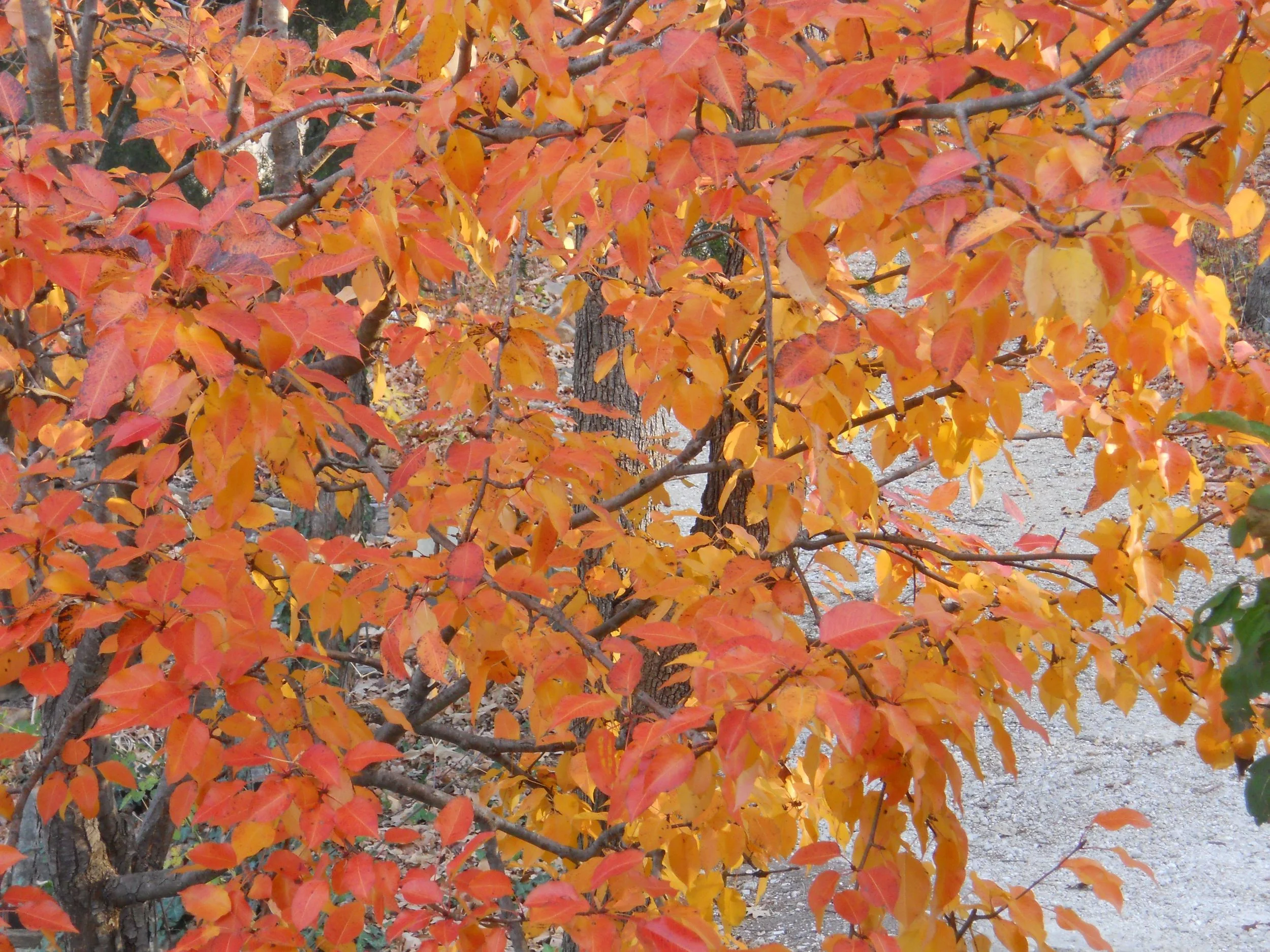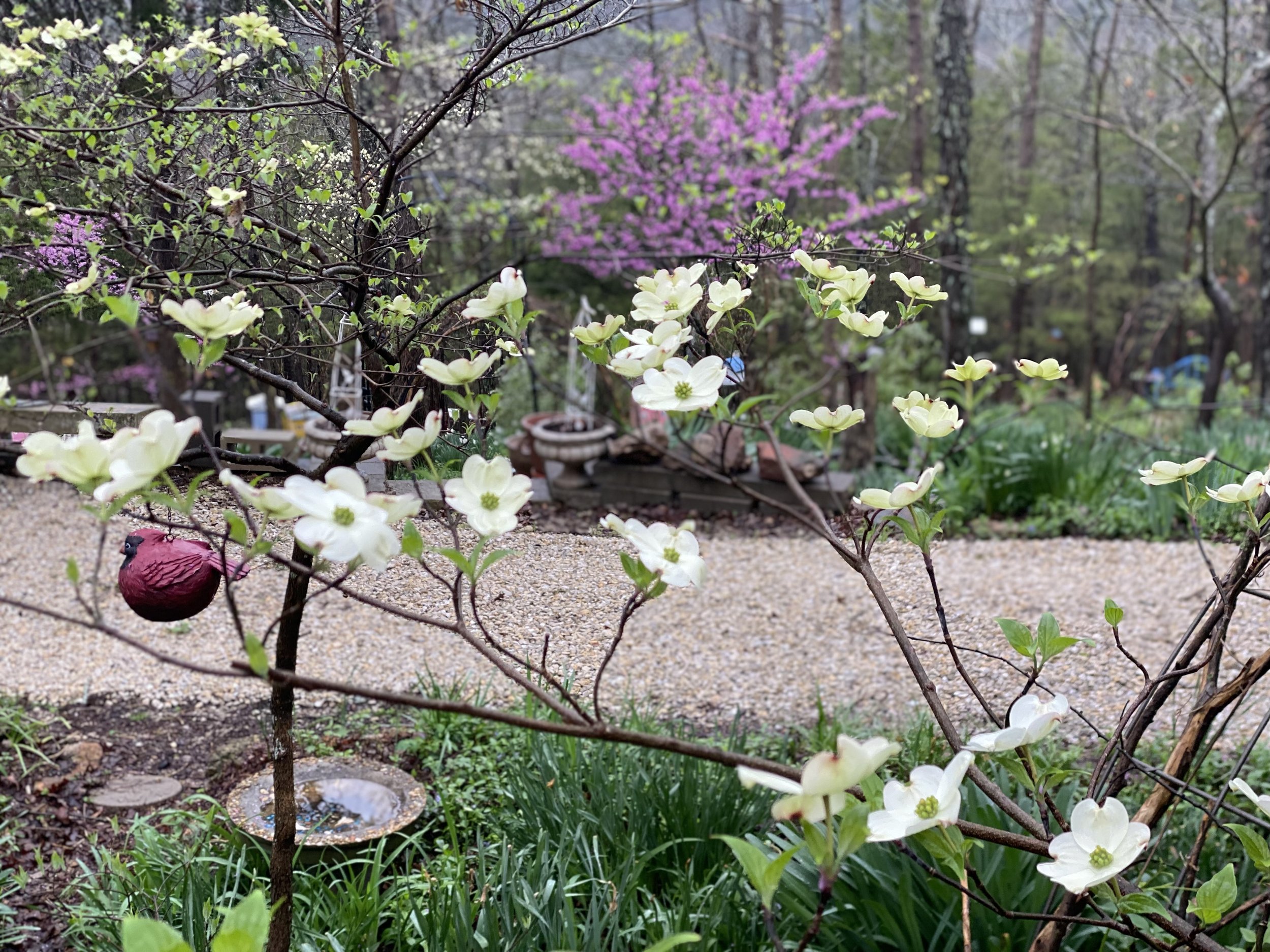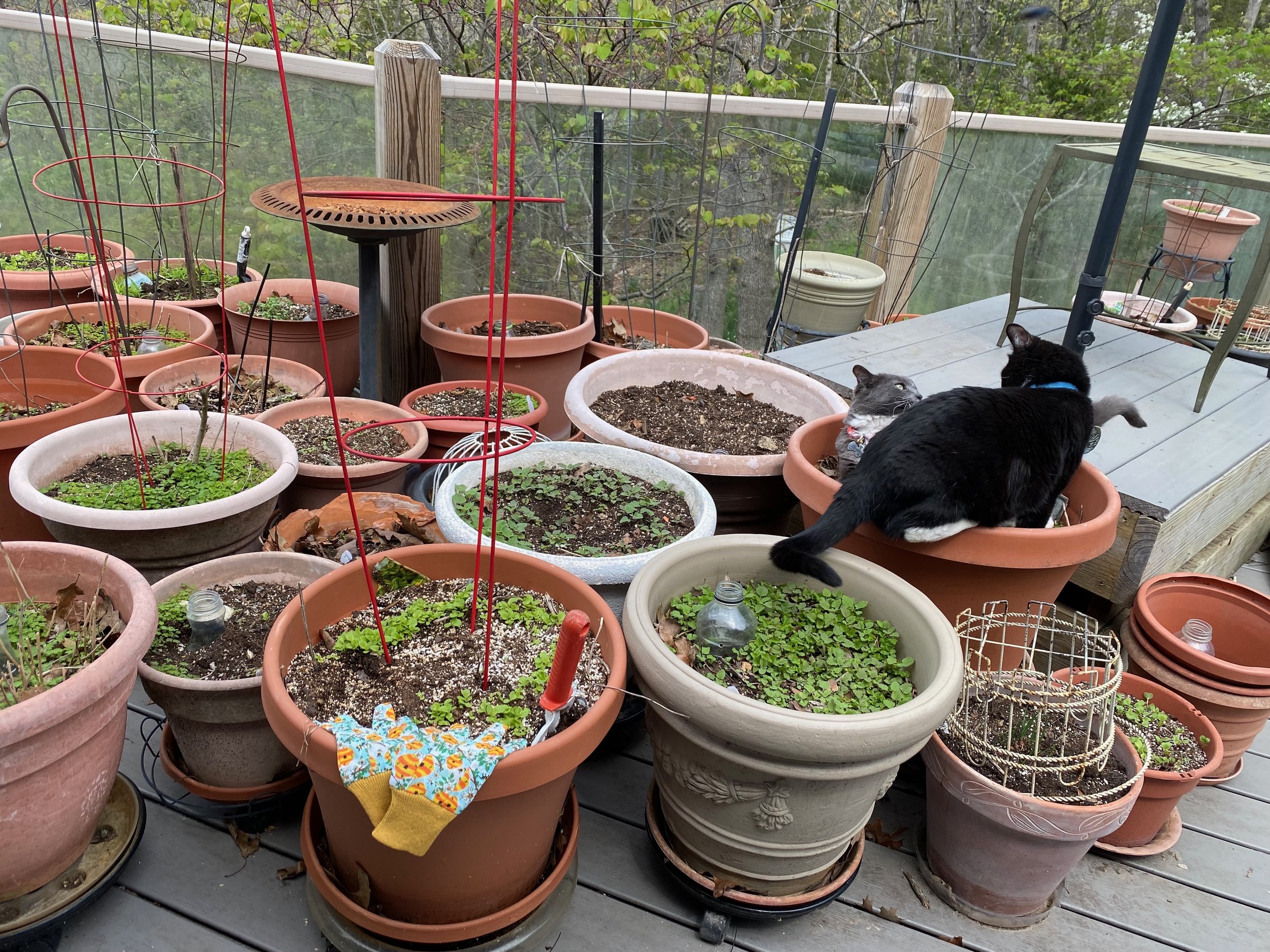Christmas Ferns
/Leaflets from one of my ferns wintering over inside in my dining room. (Photo by Charlotte Ekker Wiggins)
Christmas Ferns
When we think of Christmas, we may think of model trains, eggnog, being with family but I doubt you think of a fern.
Tropical ferns are often offered for sale late fall for inside winter plants. Or they get tossed after a full season in the garden because people don’t want to mess with the dropped leaves when they are in dry conditions.
The tropical ferns are relatives of the ones we have growing naturally in Missouri. You probably have walked by them on a nature trek. You certainly have driven by them along shady Missouri country roads because I have. They are native Polystichum acrostichoides one of the few plants that hold on to their color through cold, sleet and snow.
Also known as Christmas and Holly Ferns, these plants are remnants of dinosaur days, which comes to mind most of the times I see these plants. I I find that pretty awesome. And is something I think about now quite often since I love their green fullness and have them scattered through my house overwintering. Yes, they do drop leaves. Yes, my cats love to play among their drooping leaflets. What is even more mind boggling is that these plants lived before there were bees, butterflies and other pollinators. So how did these plants reproduce?
Ferns like moisture so it’s a challenge to keep a house humidified in winter. (Photo by Charlotte Ekker Wiggins)
Most of these ferns have two types of leaves: ones that produce spores underneath and ones that don’t produce any spores. The leaves with spores are smaller than the larger, sterile leaflets. The larger ones as the ones that last through winter hugging the ground.
If you look closely, the fern’s lance-shaped leaflets are spiny-toothed with briste tips, which is where they get their comparison to holly leaves.
Spores on the back of leaflets is how ferns reproduce. (Photos by Charlotte Ekker Wiggins)
Underneath, the spore clusters are in neat rows of circular, umbrella-like structures. The spores get carried off by wind and water, which partially explains why these plants are found in shady, moist soil.
According to Missouri Department of Conservation, when the spores germinate, they become tiny, flat, green heart or kidney-shaped plants that produce eggs and sperm. ‘the sperm has to swim to reach eggs so water must be present for fertilization. T”he fertilized eggs then develop into another sporophyte plants and the cycle starts all over.
The leaves are not edible. Their role in the ecosystem is more to prevent erosion and stabilize slopes, which is where they are often found. Unless they are sitting in my den and dining room, wintering over until they can go back outside during the growing season.
I have them in hanging and decorative pots on casters so I can easily move them into shade. Or next to a dinosaur, whichever comes first!
Charlotte














